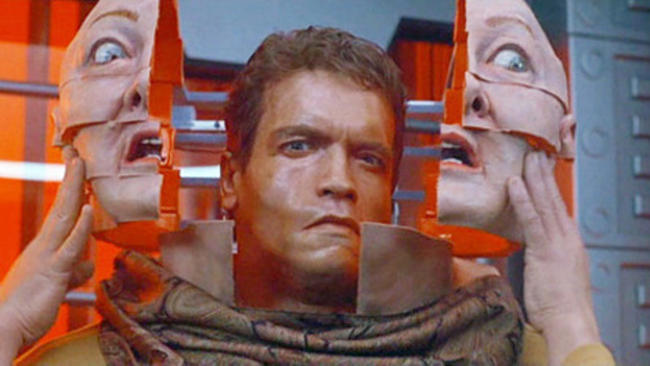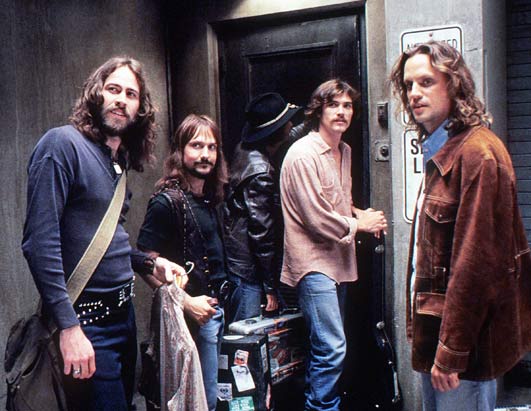In a 1985 interview with Time Magazine, Steven Spielberg noted: “I dream for a living. I use my childhood and go back there for inspiration”. This idea of dreams and imagination is a key contributor to the legacy of Spielberg as an artist. There has been no one that has relied more heavily on the idea of fantasy and all its wonderment (maybe George Lucas) than Spielberg.
His films are about spectacle, wonder and emotion, but yet are defined by a recognizable humanity. His films are about the average human being (the everyman) and their collision with extraordinary moments or situations. According to James Clarke, these moments challenge, test, and identify the everyman who confronts them, and thus becomes consumed by them. As a result, characters learn and are illuminated by their own potential (The Pocket Essential-Steven Spielberg, 2001). Is there any better way to describe the character of Indiana Jones?
The Birth of a Franchise
In the early 1970s, a recent film graduate from the University of Southern California (USC) had a brilliant story idea. An archaeologist, who by day teaches at the local college as a professor, becomes an obsessed treasure hunter determined to capture great historical relics of the world. The idea was awe-inspiring for George Lucas, and he immediately went about fleshing the idea out with the help of fellow writer Philip Kaufman.
Eventually, however, Lucas began setting his sights on another story; a space odyssey adventure film entitled ‘Star Wars’ (1977). As ‘Star Wars’ began to grow into a reality, the story of the treasure hunter began to diminish from sight. Though, as much as he accomplished with ‘Star Wars’, this idea never truly left the mindset of Lucas.
Prior to the premiere of ‘Star Wars’, George Lucas left Hollywood to vacation in Hawaii. As he normally does, Lucas attempts to skip town prior to his premieres in hopes of escaping all of the hoopla surrounding them. Joining him on the tropical island was another young director named Steven Spielberg. Having known each other from the past, the two men were relaxing and building sand castles on the beach when Spielberg nonchalantly remarked that he desired to direct a James Bond film. Immediately Lucas spoke of his idea conceived many years prior. Spielberg, at once, became enthralled with the idea and, in a moment, a powerful collaboration was born.
Indiana Jones is Born
Within three years of this conversation, ‘Raiders of the Lost Ark’ began production. After completing a rough story sketch about the film’s premise, Lucas and Spielberg handed over the task of writing the script to an up and coming writer, Lawrence Kasdan (who would go on to direct ‘The Big Chill’, ‘Wyatt Earp’, and many other films). Basing his script on the notes from Lucas and Kaufmann, Kasdan went about creating a marvelous and nostalgic script for the film.
Tom Selleck was initially cast as Indiana Smith (later changed to Jones as Spielberg believed that the name was too common). However, Selleck was also beginning work on the television show ‘Magnum P.I.’ which was to commence filming at the same time as ‘Raiders of the Lost Ark’. Thus, the network refused to let him out of his contract, and as a result, Selleck was forced to drop out.
Eventually, Harrison Ford was cast. His name was initially mentioned by Spielberg but Lucas was not keen on working with Ford again (though they did get along, they had already worked on three films prior, ‘American Graffiti’ (1973), ‘Star Wars’ (1977) and ‘The Empire Strikes Back’ (1980)). After considerable prodding by Spielberg, Lucas eventually gave in and hired Ford to portray the wise cracking, accidental hero.
The Adventure Film
An adventure film is defined as such: “films which focus primarily on physical activity rather then characterization. They depict a protagonist’s struggle against life threatening obstacles in pursuit of some goal” (The American Film Institute, 2002). A typical trait of the adventure film is also its emphasis on men dominating the action. Women tend to play the love interest or the accomplice in this genre, and are rarely depicted as strong and resourceful.
However, this idea of the weakened heroine is completely undermined in ‘Raiders of the Lost Ark’. Karen Allen as Marion Ravenwood is not your archetypal girl-in-distress caricature, but rather is a physically capable woman (most of the time) who can defend herself and rely on her own ability (rather then wait for the hero to rescue her.)
For the most part, though, the stories of Indiana Jones are paying homage to the classic Saturday morning serials of the 1930s. Having grown up watching these as children, Lucas and Spielberg both felt a duty to pay tribute to the genre. In basic terms, a Serial consists of a lengthy sequence of melodramatic, action-filled episodes that are shown in installments to entice audiences to return to the movie theatre on more than one occasion (A.F.I., 2002).
As a result of their infatuation with serials, Spielberg and Lucas single-handedly reinvigorated the stale adventure film genre. Through ‘Star Wars’ and the ‘Indiana Jones’ franchises, adventure films were once again fun-filled escapism to be embraced by the entire family.
Some may say that the ‘Indiana Jones’ series lacks depth, and that it solely relies on the merit of action and adventure. In retrospect, who truly cares if this film is based on superficial merit? The film is meant to entertain as films once did in the past.
Some may also say that Lucas and Spielberg have ruined film as an art form, but they would be wrong. Rather, they have rekindled the joy and adventure (through fantasy) that once lived within the impressionable hearts of us all.



